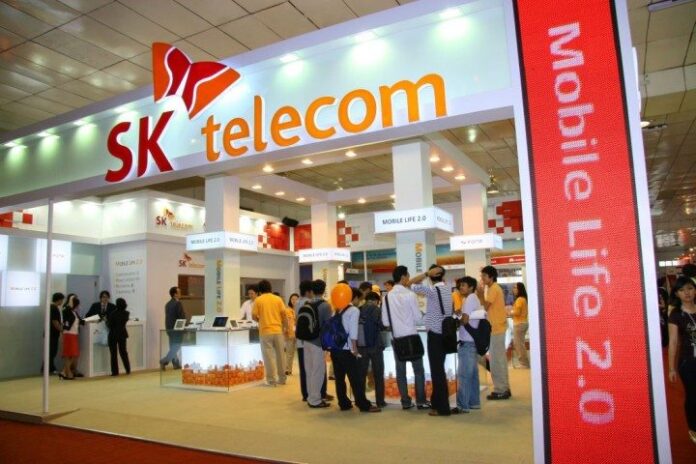Swedish vendor Ericsson announced a partnership with Korean communications firm SK Telecom, with the aim of supporting 5G Standalone networks through the deployment of a cloud-native dual-mode 5G Core.
Ericsson and SK Telecom had initially unveiled next-generation cloud-native 5G Core networks technology, architecture, implementation and operations plans in March 2019. The vendor said that this latest cooperation builds on the existing partnership. According to Ericsson, the dual-mode 5G core is deployed on its bare metal solution, known as Ericsson Cloud Native Infrastructure.
“With this achievement, cloud-native and 5G will bring many new services, faster, to a broad range of industries. SK Telecom will continue to collaborate with industry leaders like Ericsson on cutting edge technologies that provide the best customer experience,” said Park Jong-kwan, VP and head of Infra Tech at SK Telecom.
“Korea is a leading 5G telecom market and together we achieved another great milestone with SK Telecom enabling 5G Standalone networks,” said Monica Zethzon, Ericsson’s head of solution area packet core. “Standalone 5G will bring faster connectivity speeds, ultra-low latency and improved network reliability. Our dual-mode 5G Core solution supports an ecosystem for innovation that facilitates customized 5G services for consumers and business users globally.”
Ericsson’s cloud-native dual-mode 5G Core combines evolved packet core (EPC) and 5G Core network functions into a common cloud-native platform
The vendor noted that the solution is scalable across central and edge locations, supporting a vast number of 5G services and use cases.
Ericsson had previously provided SK Telecom with 5G radio access network (RAN) equipment and network management system for their commercial 5G network rollout.
SK Telecom recently said it added 950,000 new 5G subscribers during the third quarter, bringing its total to 8.65 million.
The country’s three operators launched 5G technology in April 2019, and 5G networks are available mostly in large cities.
In July, South Korea’s Ministry of Science and ICT announced it will award 28 GHz and sub-6 GHz spectrum in November to boost the use of 5G-related services across the country.
The frequencies will be available for mobile operators and for companies operating in different verticals. The Korean government announced it will make available a total of 600 megahertz in the 28 GHz band and 100 megahertz in the 4.7 GHz band.
The 28 GHz band will be divided into 12 blocks and the 4.7 GHz band into 10 blocks, respectively. The spectrum in the 4.7 GHz band will be offered to non-telecom companies.
The ministry said that the allocation of these new frequencies will allow companies to operate 5G networks across various industries and offer new service such as smart factories, healthcare, robotics and smart farms.
The Korean government had said that the 5G spectrum is expected to be allocated by the end of November.

